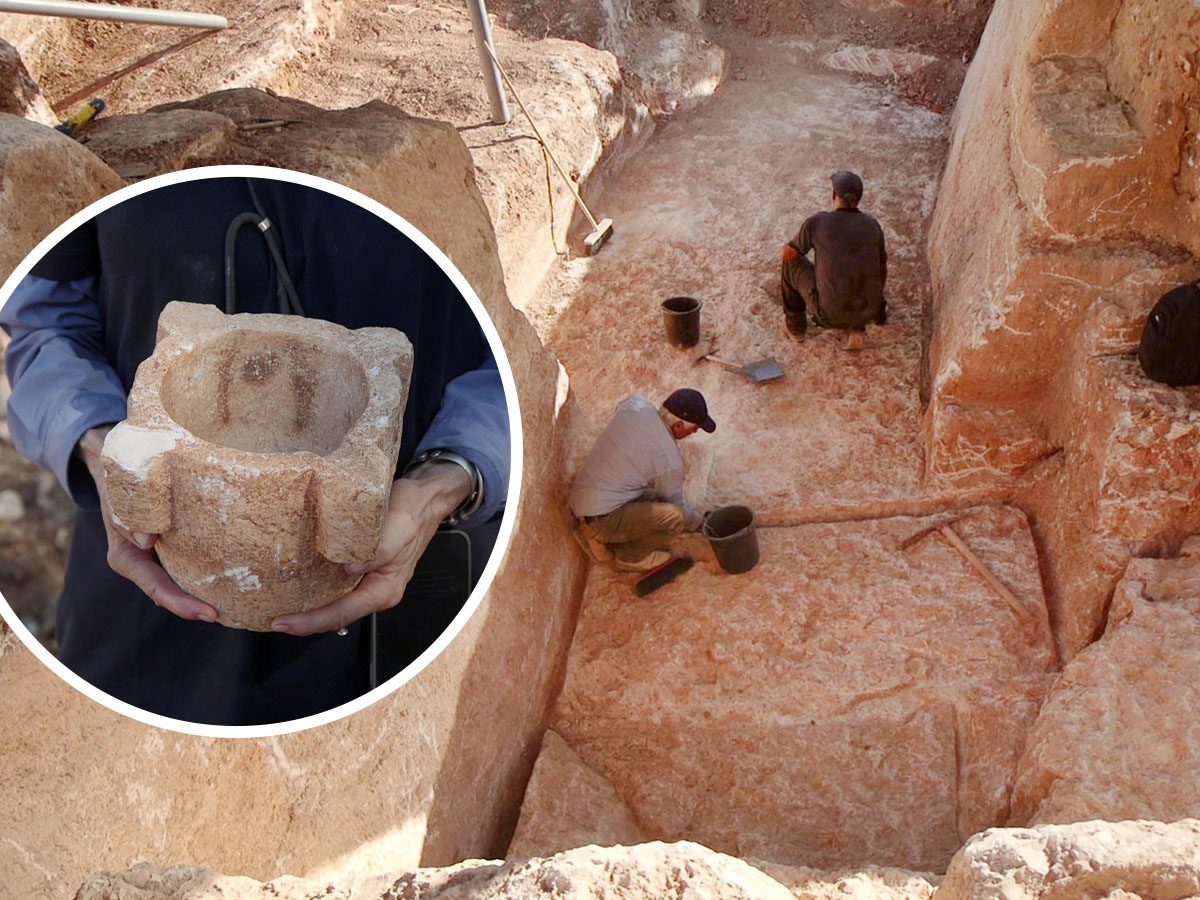
The largest ancient quarry ever discovered in Jerusalem has been revealed by archaeologists. The excavation site in Jerusalem’s Har Hotzvim industrial area spans 3,500-square meters and reveals just a small portion of the massive quarry. Archaeologists have dated the quarry around the Second Temple Era and believe many of the large slabs of stone were used for King Herod’s construction projects during the first century BC. One such project would include the 2,000-year-old Pilgrimage Road, a road that Jesus and His disciples would have walked. The road connects the Pool of Siloam, where Jesus healed a blind man in John 9, with the Jewish Temple.
The Israel Antiquities Authority (IAA) announced “archaeologists uncovered tens of various-sized building stones, as well as quarrying and cutting trenches whose outlines indicate the size of the blocks being quarried.” Some of the stones weighed as much as 2.5 tons. Archaeologist Michael Chernin told The Times of Israel that the quarry was most likely “in use for decades during the end of the Second Temple period,” until the Second Temple’s destruction in 70 AD. He also reported there were other quarries within the area. Despite the massive size of the stones, Chernin said the ancient world was well-equipped to manage them. “In the ancient world, there were a lot of technologies to shape the stones, and special carts designed to carry them. The Old City isn’t so far.” He added, “The impressive sized stones this quarry produced likely attest to their intended use in one of Jerusalem’s many royal construction projects in the late Second Temple period, beginning under King Herod the Great’s reign in 37-4 BCE.”
According to the archaeologists, historical records show that Herod had a number of construction projects ongoing, with a focus on expanding the Temple Mount area and the Temple. The Pilgrim’s Road nearby appears to be built with rocks containing the same “geological signature” as rocks found in the quarry, making it reasonable to conclude that at least some of the rocks could have been used in the Road’s construction. The discovery of a stone vessel on the site, made in a method for purification of Jews, also indicates the presence of Jewish workers. “This is a stone purification vessel of the type that served the Jewish community during the Second Temple period. It is possible that it was produced on the spot in the quarry itself, or was especially brought to the site for the benefit of the workers,” said archaeologist Lara Shilov. IAA Director Eli Eskosido spoke of the discovery’s divine timing. “Revealing this huge quarry, just before the Nine Days and the Ninth of Av, the time of year when the Jewish People the world over mourns the Jerusalem that was lost in these days, is symbolic and very moving,” he said. The stone vessels will be placed in the Jay and Jeannie Schottenstein National Archaeological Campus in Jerusalem for public viewing.


